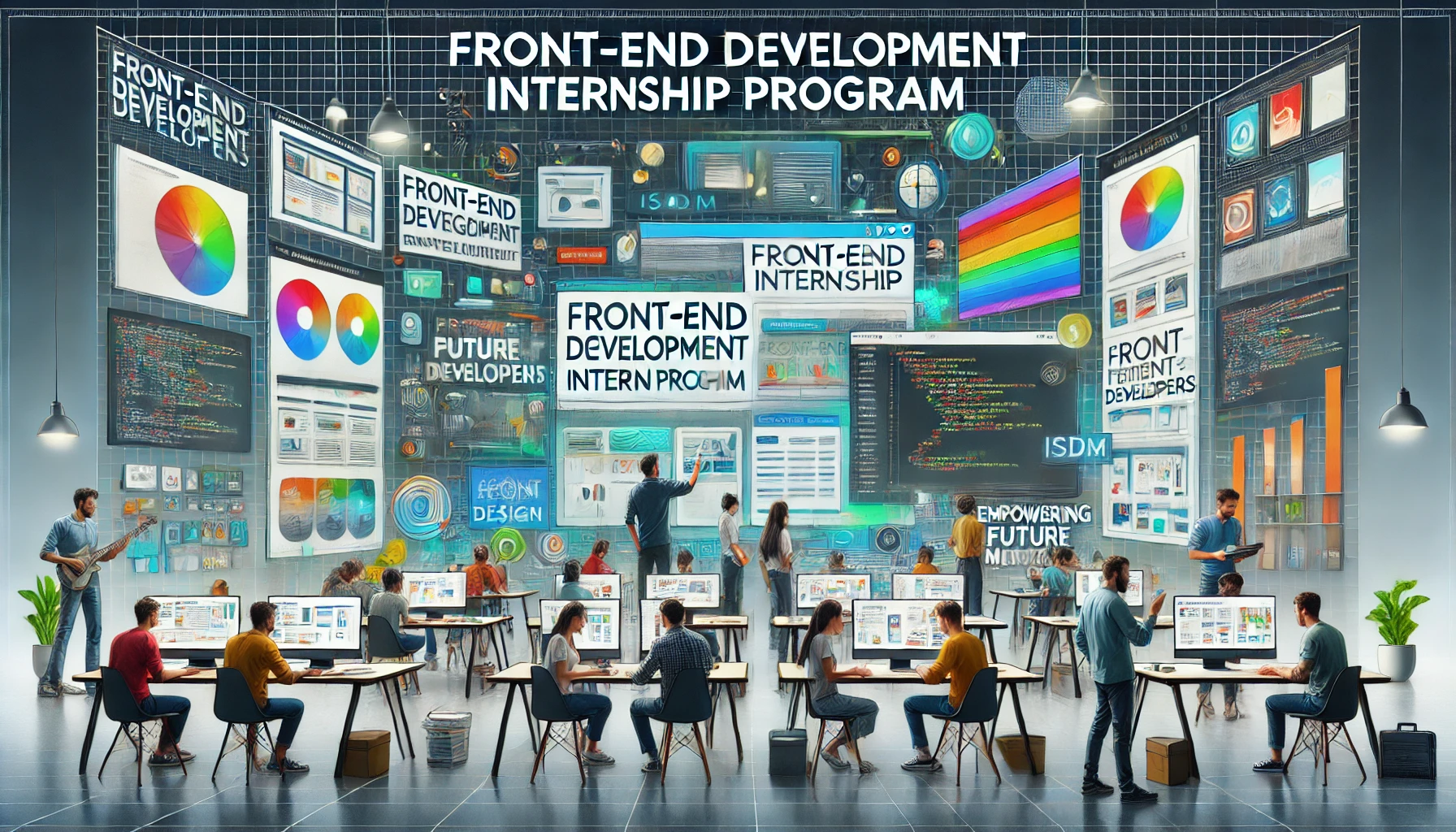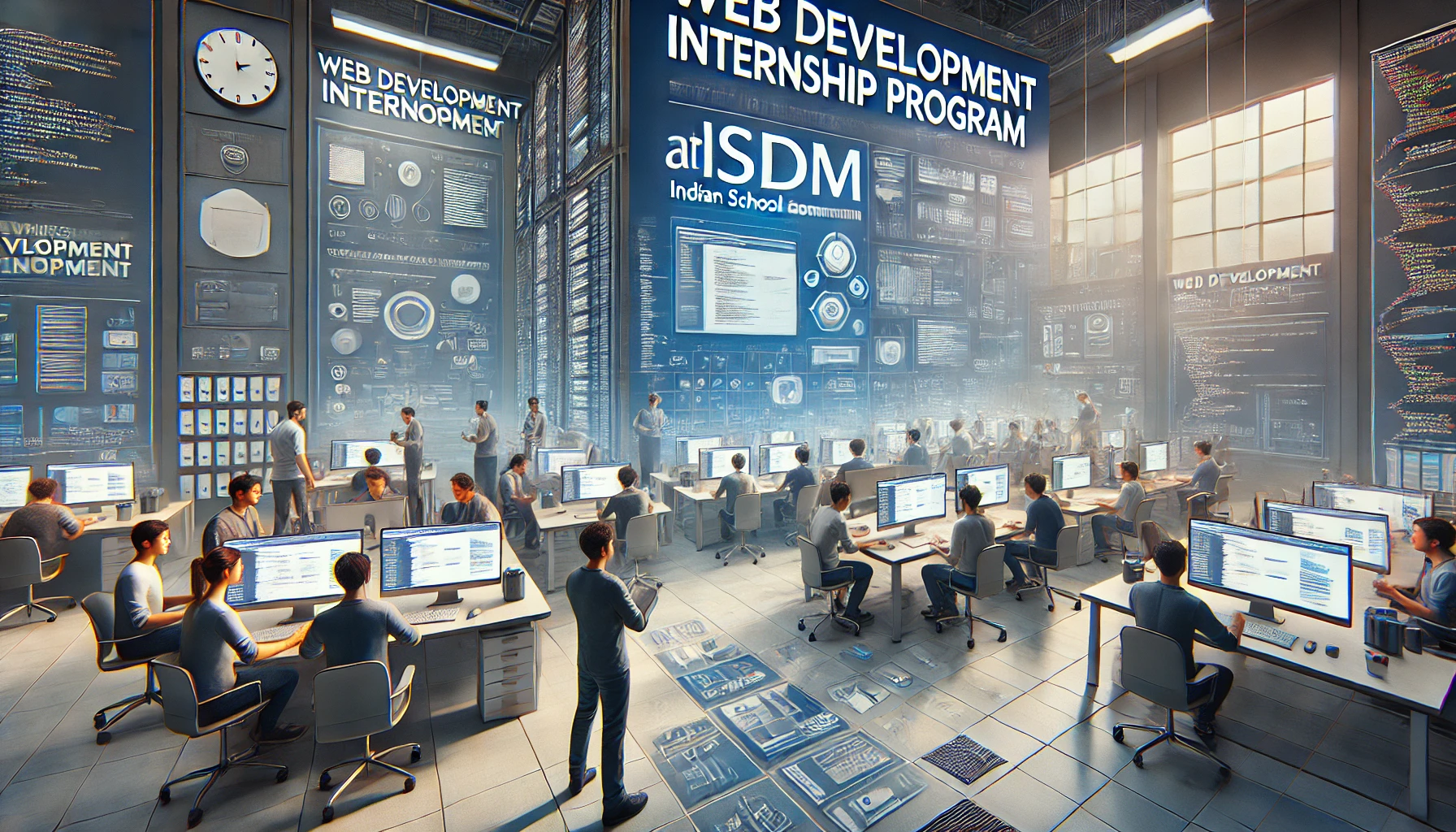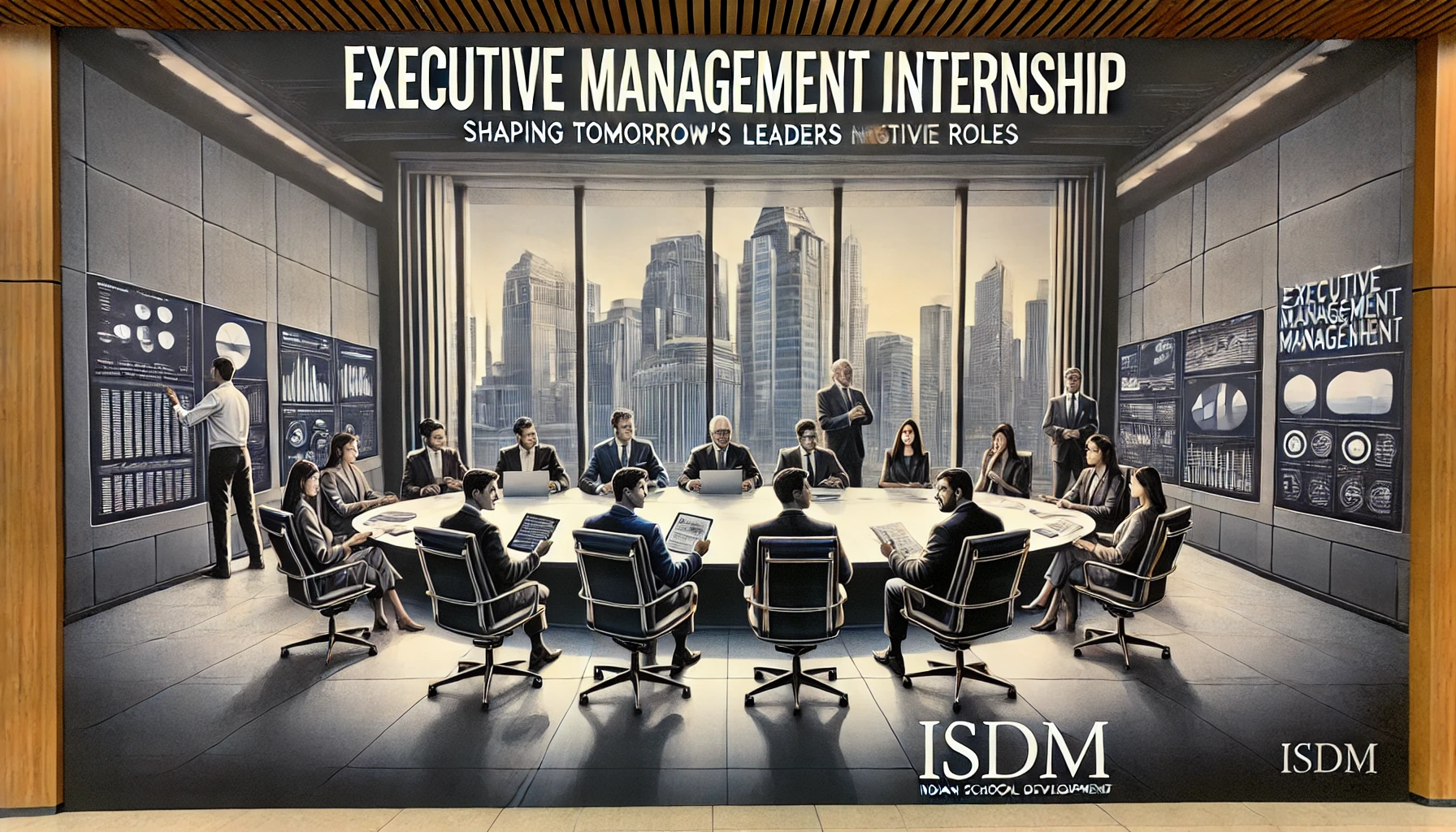Table of Contents
ToggleCertificate in Multimedia & Animation
About :Certificate in Multimedia & Animation
A Certificate in Multimedia & Animation is a short-term, focused program designed to provide students with foundational knowledge and practical skills in multimedia and animation. This certificate program typically covers a range of topics related to multimedia design, animation principles, and the use of relevant software tools. Let’s explore what you might expect from such a certificate program:
1. Multimedia Fundamentals:
- Introduction to the basic concepts and principles of multimedia.
2. Graphic Design Basics:
- Learning the fundamentals of graphic design, including layout, color theory, and typography.
3. Animation Principles:
- Understanding the core principles of animation, such as timing, spacing, and motion.
4. 2D Animation:
- Introduction to creating animations in a two-dimensional space.
5. 3D Animation Basics:
- Basic principles and techniques of three-dimensional animation.
6. Multimedia Software Tools:
- Hands-on training with popular multimedia and animation software, such as Adobe Creative Suite (Photoshop, Illustrator, After Effects), Blender, or other industry-standard tools.
7. Web Design and Development:
- Basics of designing and developing multimedia content for the web.
8. Video Editing:
- Introduction to video editing techniques and software tools.
9. Audio Production:
- Basic concepts of audio production, including recording and editing.
10. Interactive Media: – Exploring the creation of interactive multimedia content.
11. Digital Storytelling: – Applying multimedia and animation techniques to storytelling.
12. Portfolio Development: – Building a portfolio that showcases the skills and projects completed during the certificate program.
13. Industry Trends: – Staying informed about current trends and advancements in the multimedia and animation industry.
14. Project Work: – Applying learned skills to practical projects that demonstrate proficiency in multimedia and animation.
15. Career Opportunities: – Understanding potential career paths and opportunities in multimedia and animation.
Certificate in Multimedia & Animation
Introduction to Multimedia:
- Overview of multimedia concepts and applications.
Graphic Design Fundamentals:
- Principles of graphic design, including layout, color theory, and typography.
Animation Basics:
- Introduction to animation principles, such as timing and motion.
2D Animation Techniques:
- Creating animations in a two-dimensional space.
3D Animation Basics:
- Introduction to basic principles and techniques of three-dimensional animation.
Multimedia Software Tools:
- Hands-on training with popular multimedia and animation software, such as Adobe Creative Suite, Blender, or other industry-standard tools.
Web Design and Development Basics:
- Basics of designing and developing multimedia content for the web.
Video Editing Basics:
- Introduction to video editing techniques and software tools.
Introduction to Audio Production:
- Basic concepts of audio production, including recording and editing.
Interactive Media:
- Exploring the creation of interactive multimedia content.
Digital Storytelling:
- Applying multimedia and animation techniques to storytelling.
Portfolio Development:
- Building a portfolio that showcases projects completed during the certificate program.
Industry Trends:
- Staying informed about current trends and advancements in the multimedia and animation industry.
Project Work:
- Applying learned skills to practical projects that demonstrate proficiency in multimedia and animation.
Practical / Theory Ratio
Carrer options in : Certificate in Multimedia & Animation
Completing a Certificate in Multimedia & Animation can open up various entry-level career opportunities in the exciting field of multimedia and animation. Here are some potential career options:
Graphic Designer:
- Create visual content for print and digital media, such as advertisements, brochures, and social media graphics.
2D Animator:
- Produce animations in a two-dimensional space for various purposes, including online content and advertisements.
3D Animator:
- Work with three-dimensional animation to create dynamic and visually appealing content for industries like gaming, film, and advertising.
Multimedia Artist:
- Produce multimedia content that combines graphics, animation, and other elements for diverse applications.
Web Designer:
- Design and develop visually engaging websites, incorporating multimedia elements to enhance user experience.
Video Editor:
- Edit and assemble raw footage into polished videos for various platforms, including online content and marketing materials.
Digital Marketing Assistant:
- Assist in creating visual content for digital marketing campaigns, including social media graphics and online advertisements.
Audiovisual Technician:
- Work with multimedia elements in live events, conferences, or presentations, ensuring smooth audio and visual experiences.
Interactive Media Developer:
- Create interactive multimedia experiences for websites, educational applications, or interactive presentations.
Content Creator for Social Media:
- Produce visually appealing content for social media platforms, including animations, graphics, and short videos.
E-learning Content Developer:
- Contribute to the creation of multimedia content for online courses, incorporating animations and interactive elements.
Entry-level positions in Animation Studios:
- Begin as a junior animator or assistant in animation studios working on projects for film, television, or online streaming platforms.
Junior Multimedia Developer:
- Work in entry-level roles involving the development of multimedia content for various purposes.
Freelancer:
- Offer freelance services in graphic design, animation, or multimedia production for clients on platforms like Upwork or Fiverr.
Customer Support in Multimedia Software Companies:
- Provide support and assistance to users of multimedia software tools.
Course Fee : Certificate in Multimedia & Animation
₹ 15,000 – ₹18,000
Find Course Fee
in your City !
More Enquiry
Enter your
Details
Also Read
Internship: Front-End Development Internship Program
Introduction to Front-End Development Internship Program The Front-End Development Internship Program is designed to equip…
Internship: Web Development Internship Program
The Web Development Internship Program is designed to equip students with hands-on experience in building…
Internship: Full Stack Development Internship
Duration: 30 Working Days Includes: Practical Sessions, Live Projects, Certificate and Report Week 1: Introduction…
Internship: Executive Management Internship Program:
Week 1: Foundations of Executive Leadership Day 1: Program Orientation & Introduction to Executive Management…












